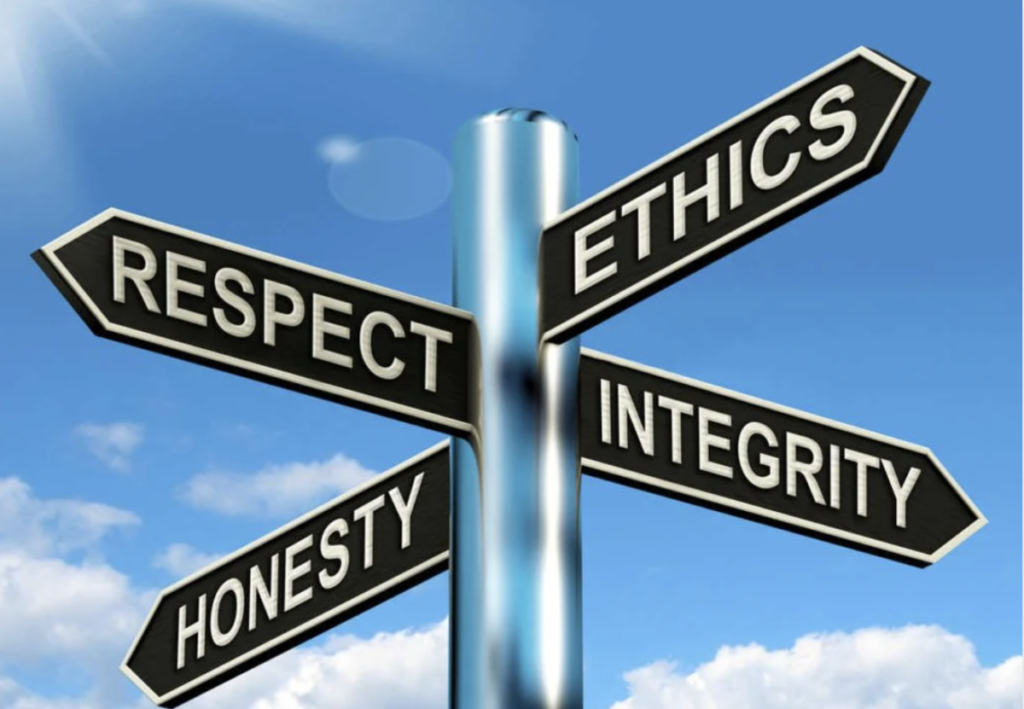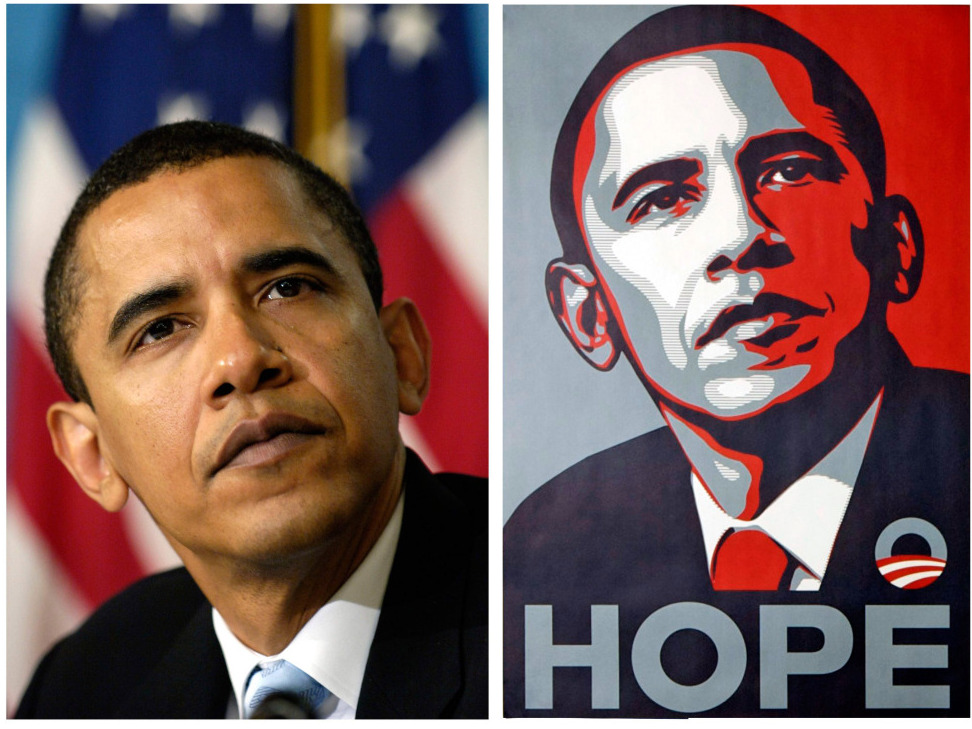
As a designer, whether you are working for a big corporate company or freelance it is important to practice your “professional standards and responsibilities,” with your designs and clients. The AIGA site has a great page with resourceful information on how you should carry your work, your responsibility when you use other designers’ work, publicity, and the kind of work you should transmit to the public. From the beginning in any class, professors always encourage their students to brainstorm and create their own designs. Even if you want to use photography, it is recommended to take your own pictures. This is because even if the project is for school purposes only, and the artwork isn’t yours, you must give credit. To add, you can use those projects in your portfolio. This is what AIGA also mentions. Looking at this useful page of resources reminds me that if I forget how to create or use a program, I should go back and re-learn it.
At my internship, any art that is created must have the companies trademark/logo. My internship makes it very clear that any artwork or image used is credited. Any person in the design team that creates any artwork is credited. My internship did not require me to sign a confidentiality or non-disclosure agreement. The hours I work with SA can be from 15-20 hours weekly. Even though it’s a podcast for skincare, artwork is needed all the time. I would describe working for SA is like working for a magazine company… deadlines must be met at all times and STAT.
For this week’s readings, I learned what is the meaning of the word ethics. Ethics defines as a moral principle. I would describe it as someone’s behavior towards an action that can be based on any influence or event that it’s presented by. The short clip that was shown in this week’s class from, “The Good Place: The Trolley Problem,” demonstrates a great example that shows a “thought experiment” where the outcome can have many different outlines depending on the choice that you make. As a designer, many different contexts can happen when working on a project. For example, how can your design contribute to your team? These choices will have an impact on whether you make harm to the public or yourself.
The Fairey Copyright Hope Poster case is a great example. Fairey was in the wrong and tried to hide and delete any electronic document that would prove his claim false. Fairey also did not meet the judge’s deadlines which also impacted his trial. Fairey created the famous and iconic “HOPE” campaign poster. Former President Barack Obama was the face of this campaign. However, this illustration seemed to have been captured by someone else. Altogether, the process Fairey took to create the artwork had a lot of photoshop and a combination of other things. To avoid all this mess, Fairey should’ve given credit. It’s seen that art has a lot of value. This means people will pay for any type of artwork if it is good or if the viewer/public likes it but is it worth it all the risk just to get the money. His ethics weren’t good at all and copyright is a topic we must be informed about and always research to avoid a hot mess like this one.




